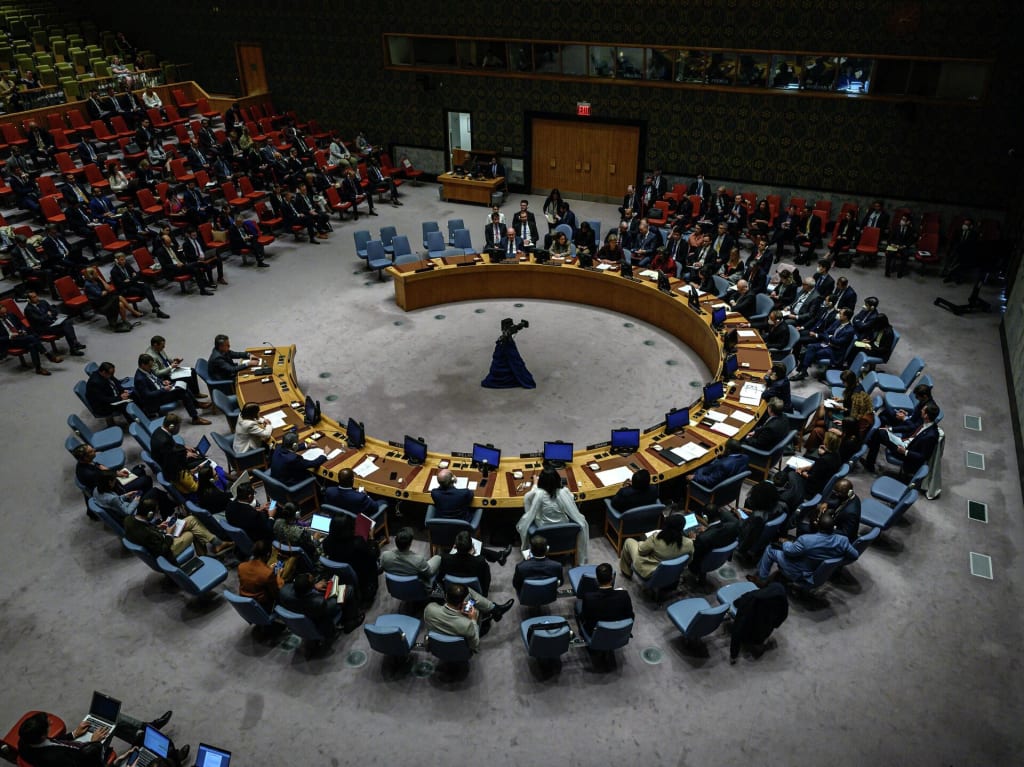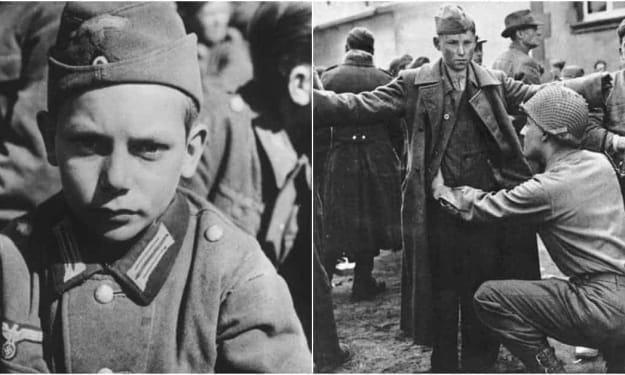#United Nations Security Council reveals the reasons behind the war between the Rapid Support Forces (RSF) and the Sudanese Armed Forces.
The United Nations Security Council reveals the reasons behind the war between the Rapid Support Forces (RSF) and the Sudanese Armed Forces.

The war in Sudan between the Sudanese Army and the Rapid Support Forces (RSF), an armed group based in Sudan, erupted due to several historical, political, economic, and social factors. In this article, I will provide a detailed analysis of the reasons behind this outbreak, focusing on the historical context and key events that have unfolded in the country.
### Historical and Political Context
Sudan, a country with significant ethnic and cultural diversity, has experienced prolonged conflicts between the Arab-dominated North and the African South, which culminated in the 2005 peace agreement and the subsequent secession of South Sudan in 2011. Following this division, tensions escalated within Sudan itself between the central government in Khartoum and armed groups in various regions, including Darfur, the East, South Kordofan, and Blue Nile.
### Reasons for the War between the Army and RSF
#### 1. Ethnic and Tribal Conflicts
Sudan struggles with large ethnic and tribal diversity, leading to continuous tensions between tribes and ethnic groups. The RSF, a government-aligned force, predominantly consists of individuals from certain Arab tribes and adopts agendas that may conflict with the interests of other groups within Sudan. This tribal and ethnic rivalry increases the likelihood of armed conflicts and confrontations.
#### 2. Unequal Distribution of Wealth
Many areas in Sudan suffer from economic and social underdevelopment, especially remote regions that constitute the base of support for the RSF. This lack of wealth and basic services fuels local discontent and increases support for locally stationed armed forces, escalating the potential for violence and conflict.
#### 3. Political and Authoritarian Divisions
Long-term governance in Sudan has been marked by authoritarianism and power accumulation. After the overthrow of former President Omar al-Bashir, divisions emerged within the ruling elite and among different armed factions. These divisions have led to the formation of political alliances and power struggles, resulting in escalated armed conflicts to secure control over resources and influence.
#### 4. External Interventions
Sudan has faced multiple external interventions over the years, both from neighboring countries and global powers. These interventions come in the form of support for opposition factions or efforts to destabilize the ruling regime. Such interventions complicate the political and military landscape in Sudan and contribute to the continuation of conflicts and wars.
### Consequences and Impact
The conflicts between the Sudanese Army and RSF under these complex conditions have resulted in further destruction and suffering for civilians. Massive displacements and human rights violations exacerbate the humanitarian crisis in Sudan, making a sustainable political solution more challenging.
### Conclusion
In conclusion, the outbreak of war between the Sudanese Army and the Rapid Support Forces can be attributed to a combination of historical, political, economic, and ethnic factors. A political resolution to the conflict requires achieving comprehensive national reconciliation and addressing the demands of all conflicting parties, alongside international efforts to achieve peace and stability in Sudan.
The war in Sudan between the Sudanese Army and the Rapid Support Forces (RSF), an armed group based in Sudan, erupted due to several historical, political, economic, and social factors. In this article, I will provide a detailed analysis of the reasons behind this outbreak, focusing on the historical context and key events that have unfolded in the country.
### Historical and Political Context
Sudan, a country with significant ethnic and cultural diversity, has experienced prolonged conflicts between the Arab-dominated North and the African South, which culminated in the 2005 peace agreement and the subsequent secession of South Sudan in 2011. Following this division, tensions escalated within Sudan itself between the central government in Khartoum and armed groups in various regions, including Darfur, the East, South Kordofan, and Blue Nile.
### Reasons for the War between the Army and RSF
#### 1. Ethnic and Tribal Conflicts
Sudan struggles with large ethnic and tribal diversity, leading to continuous tensions between tribes and ethnic groups. The RSF, a government-aligned force, predominantly consists of individuals from certain Arab tribes and adopts agendas that may conflict with the interests of other groups within Sudan. This tribal and ethnic rivalry increases the likelihood of armed conflicts and confrontations.
#### 2. Unequal Distribution of Wealth
Many areas in Sudan suffer from economic and social underdevelopment, especially remote regions that constitute the base of support for the RSF. This lack of wealth and basic services fuels local discontent and increases support for locally stationed armed forces, escalating the potential for violence and conflict.
#### 3. Political and Authoritarian Divisions
Long-term governance in Sudan has been marked by authoritarianism and power accumulation. After the overthrow of former President Omar al-Bashir, divisions emerged within the ruling elite and among different armed factions. These divisions have led to the formation of political alliances and power struggles, resulting in escalated armed conflicts to secure control over resources and influence.
#### 4. External Interventions
Sudan has faced multiple external interventions over the years, both from neighboring countries and global powers. These interventions come in the form of support for opposition factions or efforts to destabilize the ruling regime. Such interventions complicate the political and military landscape in Sudan and contribute to the continuation of conflicts and wars.
### Consequences and Impact
The conflicts between the Sudanese Army and RSF under these complex conditions have resulted in further destruction and suffering for civilians. Massive displacements and human rights violations exacerbate the humanitarian crisis in Sudan, making a sustainable political solution more challenging.
### Conclusion
In conclusion, the outbreak of war between the Sudanese Army and the Rapid Support Forces can be attributed to a combination of historical, political, economic, and ethnic factors. A political resolution to the conflict requires achieving comprehensive national reconciliation and addressing the demands of all conflicting parties, alongside international efforts to achieve peace and stability in Sudan.
About the Creator
Enjoyed the story? Support the Creator.
Subscribe for free to receive all their stories in your feed.






Comments
There are no comments for this story
Be the first to respond and start the conversation.